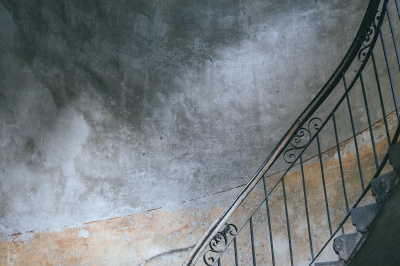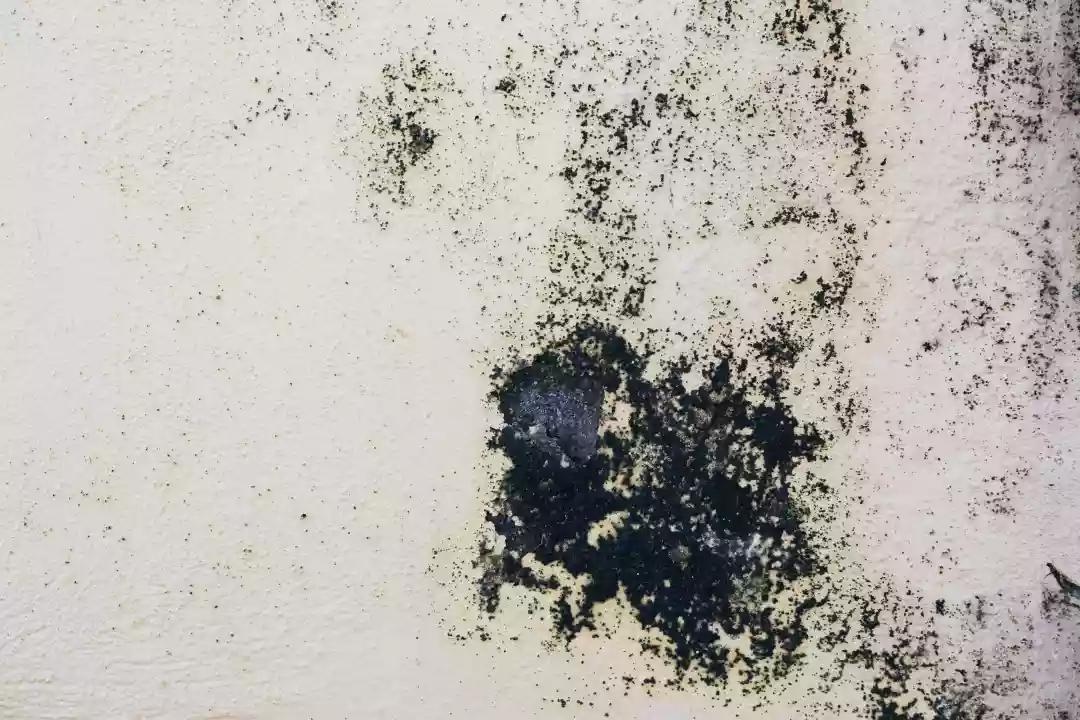The Importance of Damp Proofing
Damp proofing is an important process for preserving and protecting homes from damage caused by moisture. It is essential for ensuring the continuity of the structure and helping to maintain a healthy environment within the home. In this article, we explore the importance of damp proofing, the health risks of damp, the effects of dampness on building structures, safeguards for your possessions and furnishings, and keeping your furnishings dry.
Damp proofing involves installing a physical barrier to discourage moisture from entering a building or home. This is important as damp can lead to the deterioration of the structure, the development of mould, and health issues, including respiratory problems. By damp proofing a home, you help protect it from the effects of condensation, rising and penetrating damp and hygroscopic salts, thus protecting its value and integrity.
It is essential to damp proof as quickly as possible if a problem is detected as untreated damp can cause further disruption and damage. Professional damp proofing services use techniques such as tanking, cavity wall insulation and waterproof render to ensure that moisture does not enter the home and help to prevent future damp problems.
The Health Risks of Damp
As well as damaging the structure of the home, damp can have a negative effect on the inhabitants’ health. One of the most common problems is condensation, which occurs when warm air meets cold surfaces, such as glass or walls. The moisture in the warm air condenses and can cause mould to form, resulting in musty odours, increased dust levels and skin irritations.
If left untreated, damp in a home can also cause more serious health issues, such as asthma, bronchitis, and even respiratory illnesses. This makes damp proofing a vital part of looking after your health and the health of those who live in your house.

Need assistance finding damp proofing near you?
Get a QuoteEffects of Dampness on Building Structures
The effects of dampness on a building’s structure are varied, ranging from discoloured walls and ceilings to cracking of plaster and mortar. In extreme cases, damp will rot wooden joists, window frames, and door frames and can damage sheet flooring. Furthermore, untreated damp can cause extensive damage to masonry and brickwork.
Damp can also be a breeding ground for pests such as woodworm and other insects. Any furniture or carpets within the home will be susceptible to the damage caused by these pests, further diminishing the home’s value and compromising the living conditions.
Safeguards Your Possessions and Living Spaces
In order to protect your possessions and living spaces from damp, it is essential to take preventive measures. One of the most effective methods is to install a damp proof course (DPC), a horizontal membrane that runs around the outside of the property, just above the external ground level. A DPC will help to prevent moisture from entering the building, and can also provide a solution to existing damp problems by acting as a barrier.
It is also important to keep the home well ventilated to help reduce the risk of condensation forming. Regularly cleaning and airing out areas of the home, such as cupboards, wardrobes, and lofts will help ensure that the air within the home stays fresh and dry.
Keep Your Furnishings Dry
In addition to damp proofing, you should also consider taking extra measures to protect your furniture and furnishings from damp. Ensure that any furniture that is placed against external walls is raised off the ground to encourage air flow - ideally, this space should be around five centimetres.
If you live in a humid climate, then using dehumidifiers throughout the home can help to reduce the risk of damp and mould formation. And, if you own any expensive items of furniture, such as a piano or leather suite, it is important to ensure that you keep them as dry as possible in order to protect their quality.
In summary, understanding why damp proofing is necessary for homes is essential for preserving the value and integrity of the structure. It is important to act quickly upon detection of damp to minimize the risk of further damage and health risks. Taking measures to keep the home well ventilated and protecting furniture and furnishings from damp will also help to ensure that your home remains safe and healthy.
In this article:
